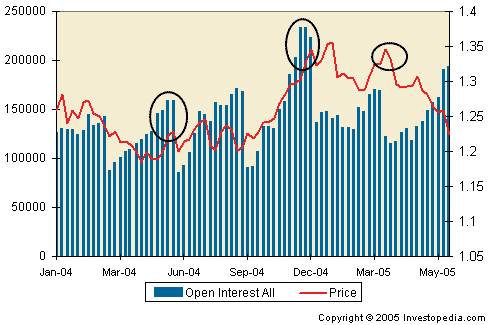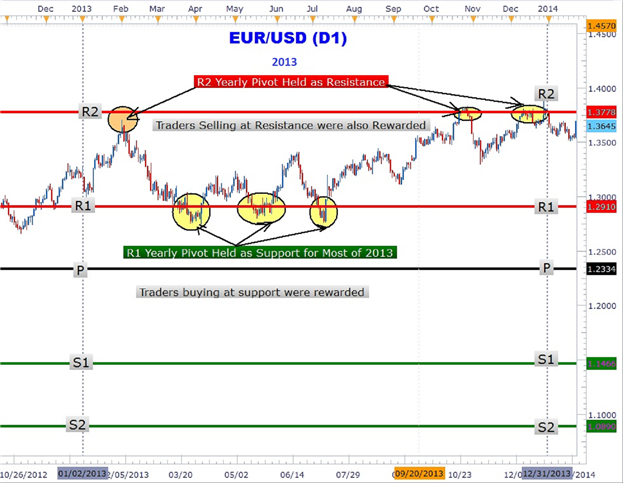Using COT Report To Forecast FX Movements (Part 1)
Post on: 2 Май, 2015 No Comment

(Reprinted from Investopedia)
Using COT Report To Forecast FX Movements
by Kathy Lien
Between 2001 and 2004, volume in the foreign-exchange market increased more than 50%, illustrating the overall rise in popularity of currency trading. The advent of online trading following the technology boom has allowed many equity and futures traders to look beyond their more traditional trading instruments. Most short-term traders or speculators trade FX based on technical analysis, so equity and futures traders who use technical analysis have made the switch to FX fairly easily. However, one type of analysis that traders have not been able to transfer over to currencies is volume-based trading.
Since the currency market is decentralized and there is no one exchange that tracks all trading activities, it is difficult to quantify volume traded at each price level. But in place of volume-based trading, many traders have turned to the Commodity Futures Trading Commission’s Commitments of Traders (COT) report, which details positioning on the futures market, for more information on positioning and volume. Here we look at how historical trends of the COT report can help FX traders.
What is the COT Report?
The Commitments of Traders report was first published by the CFTC for 13 agricultural commodities in 1962 to inform the public about the current conditions in futures market operations (you can find the report on the CFTC website here). The data was originally released just once a month, but moved to once every week by 2000. Along with reporting more often, the COT report has become more extensive and — luckily for FX traders — it has now expanded to include information on foreign currency futures. If used wisely, the COT data can be a pretty strong gauge of price action. The caveat here is that examining the data can be tricky, and the data release is delayed as the numbers are published every Friday for the previous Tuesday’s contracts, so the information comes out three business days after the actual transactions take place.
Reading the COT Report
Figure 1 is a sample euro FX weekly COT report for June 7, 2005, published by the CFTC. Here is a quick list of some of the items appearing in the report and what they mean:
Commercial — describes an entity involved in the production, processing, or merchandising of a commodity, using futures contracts primarily for hedging.
Long report — includes all of the information on the ‘short report’, along with the concentration of positions held by the largest traders.
Open interest — the total number of futures or options contracts not yet offset by a transaction, by delivery or exercise.
Noncommercial (speculators) — traders, such as individual traders, hedge funds & large institutions, who use futures market for speculative purposes and meet the reportable requirements set forth by the CFTC.
Non-reportable positions — long & short open-interest positions that don’t meet reportable requirements set forth by the CFTC.

Number of traders — total number of traders who are required to report positions to the CFTC.
Reportable positions — the futures and option positions that are held above specific reporting levels set by CFTC regulations.
Short Report — shows open interest separately by reportable & non-reportable positions.
Spreading — measures the extent to which a non-commercial trader holds equal long and short futures positions.
Figure 1
Taking a look at the sample report, we see that open interest on Tuesday June 7, 2005, was 193,707 contracts, an increase of 3,213 contracts from the previous week. Noncommercial traders or speculators were long 22,939 contracts and short 40,710 contracts — making them net short. Commercial traders, on the other hand, were net long, with 19,936 more long contracts than short contracts (125,244 — 105,308). The change in open interest was primarily caused by an increase in commercial positions as noncommercials or speculators reduced their net-short positions.














